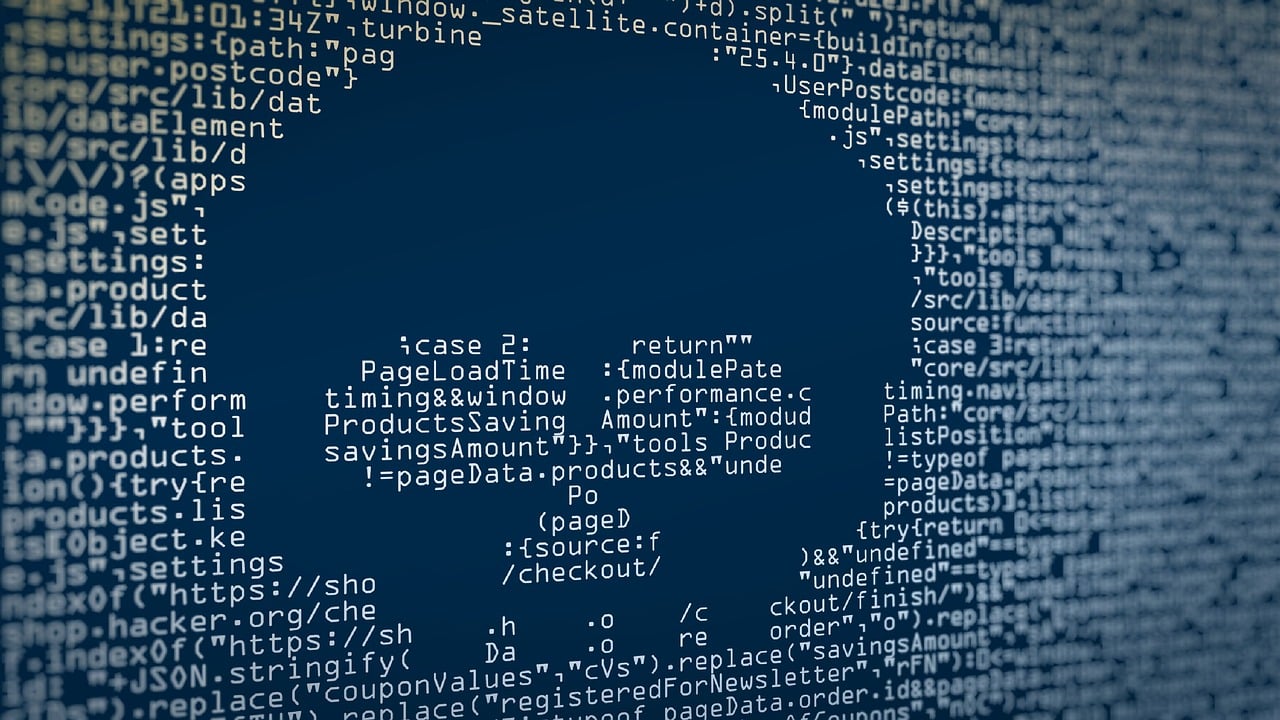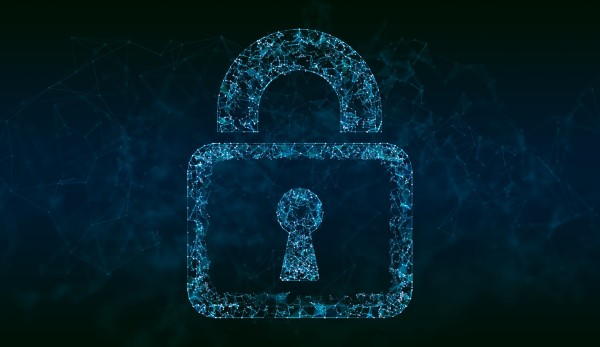Ever come across a video of your favourite celebrity saying something outrageous, only to discover later it was entirely fabricated? Or received an urgent email purportedly from your boss, but something about it felt off? Welcome to the realm of deepfakes, a swiftly advancing technology driven by artificial intelligence (AI) that crafts synthetic media, often in the form of videos or audio recordings. These creations can be deceptively authentic-looking but are, in fact, manipulated.
While deepfakes can be employed for creative purposes, such as satire or entertainment, their potential for misuse is deeply concerning. They have already infiltrated political campaigns; in 2024, a fabricated robocall mimicked a candidate’s voice in an attempt to deceive listeners.
Malicious actors can exploit deepfakes to disseminate misinformation, tarnish reputations, manipulate financial markets, and even execute phishing attacks. Given these risks, knowing how to identify various types of deepfakes is paramount in today’s digital landscape.
So, what are the different types of deepfakes, and how can you spot them?
Face-Swapping Deepfakes
The most prevalent form involves seamlessly superimposing one person’s face onto another’s body in a video. These can be remarkably convincing, especially with high-quality footage and sophisticated AI algorithms.
Here’s how to spot them:
- Look for inconsistencies: Pay close attention to lighting, skin tones, and facial expressions. Do they appear natural and consistent throughout the video? Look for subtle glitches. Such as hair not moving realistically. Or slight misalignments around the face and neck.
- Check the source: Where did you encounter the video? Was it on a reputable news site or a random social media page? Be cautious of unverified sources and unknown channels.
- Listen closely: Does the voice sound natural? Does it match the person’s typical speech patterns? Incongruences in voice tone, pitch, or accent can be giveaways.
Deepfake Audio
This variant generates synthetic voice recordings that mimic specific speech patterns and intonations, enabling scammers to fabricate audio messages or misattribute statements.
Here’s how to spot them:
- Focus on the audio quality: Deepfake audio can sound slightly robotic or unnatural. This is especially true when compared to genuine recordings of the same person. Pay attention to unusual pauses. As well as inconsistent pronunciation or a strange emphasis.
- Compare the content: Does the content of the audio message align with what the person would say? Or within the context in which it’s presented? Consider if the content seems out of character or contradicts known facts.
- Seek verification: Is there any independent evidence to support the claims made? If not, approach it with healthy skepticism.
Text-Based Deepfakes
An emerging type utilises AI to generate written content, such as social media posts or emails, mimicking a particular writing style. These pose risks in spreading misinformation or impersonating individuals online.
Here’s how to spot them:
- Read critically: Pay attention to the writing style, vocabulary, and tone. Does it match the way the person or publication typically writes? Look for unusual phrasing, grammatical errors, or inconsistencies in tone.
- Check factual accuracy: Verify the information presented in the text against reliable sources. Don’t rely solely on the content itself for confirmation.
- Be wary of emotional triggers: Be cautious of content that evokes strong emotions. Such as fear, anger, or outrage. Scammers may be using these to manipulate your judgment.
Deepfake Videos with Object Manipulation
This type goes beyond faces and voices. It uses AI to manipulate objects within real video footage. Such as changing their appearance or behavior. Bad actors may be using this to fabricate events or alter visual evidence.
Here’s how to spot them:
- Observe physics and movement: Pay attention to how objects move in the video. Does their motion appear natural and consistent with the laws of physics? Look for unnatural movement patterns. As well as sudden changes in object size, or inconsistencies in lighting and shadows.
- Seek original footage: If possible, try to find the original source of the video footage. This can help you compare it to the manipulated version and identify alterations.
Staying vigilant and applying critical thinking are crucial in the age of deepfakes.
Familiarise yourself with the different types. Learn to recognise potential red flags. Verify information through reliable sources. These actions will help you become more informed and secure.
Get a Device Security Checkup
Criminals are using deepfakes for phishing. Just by clicking on one, you may have downloaded a virus. If you’re concerned about device security, let us manage your device security and give you peace of mind with our Managed IT Service.
Contact us today to learn more.












